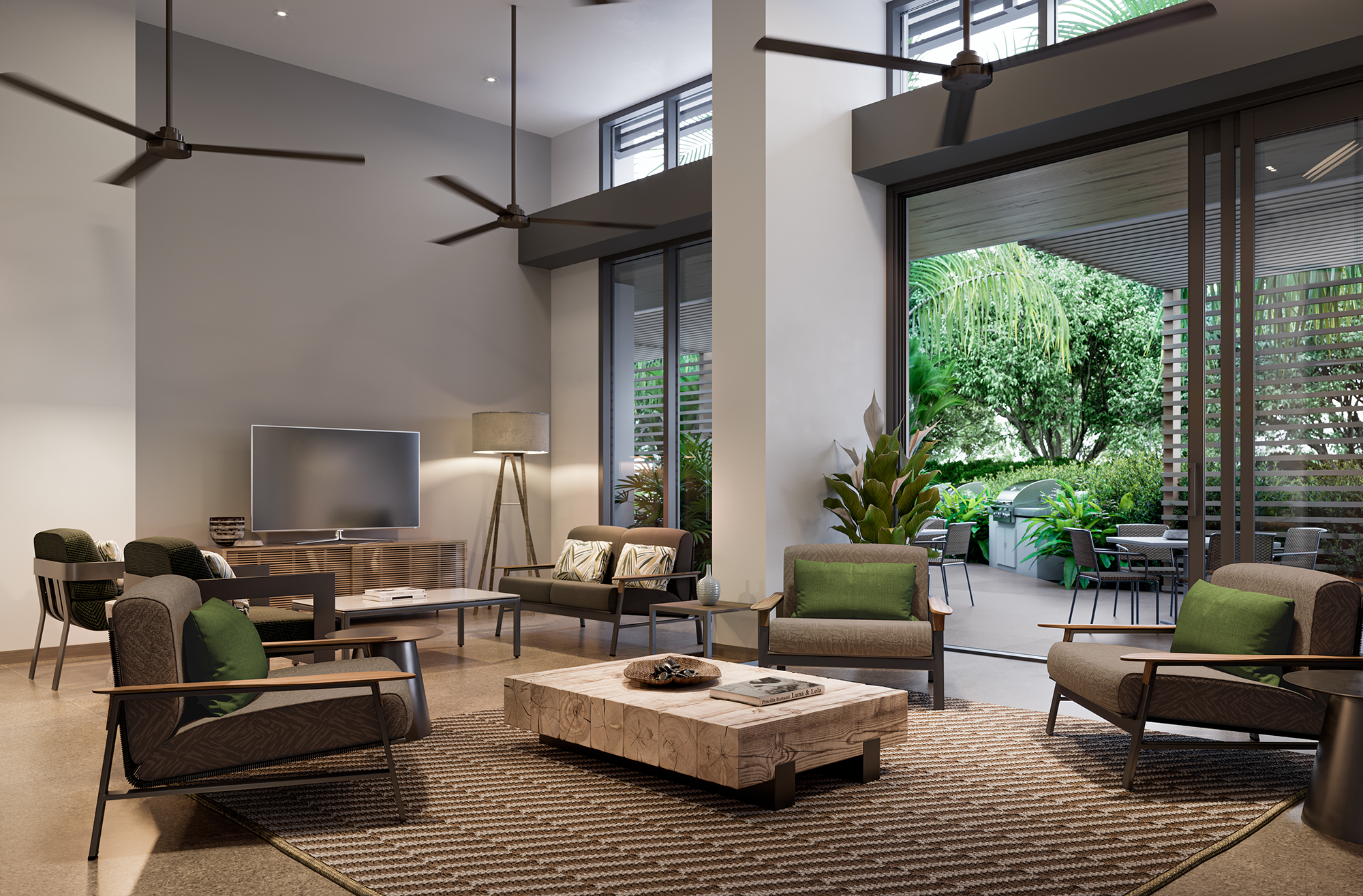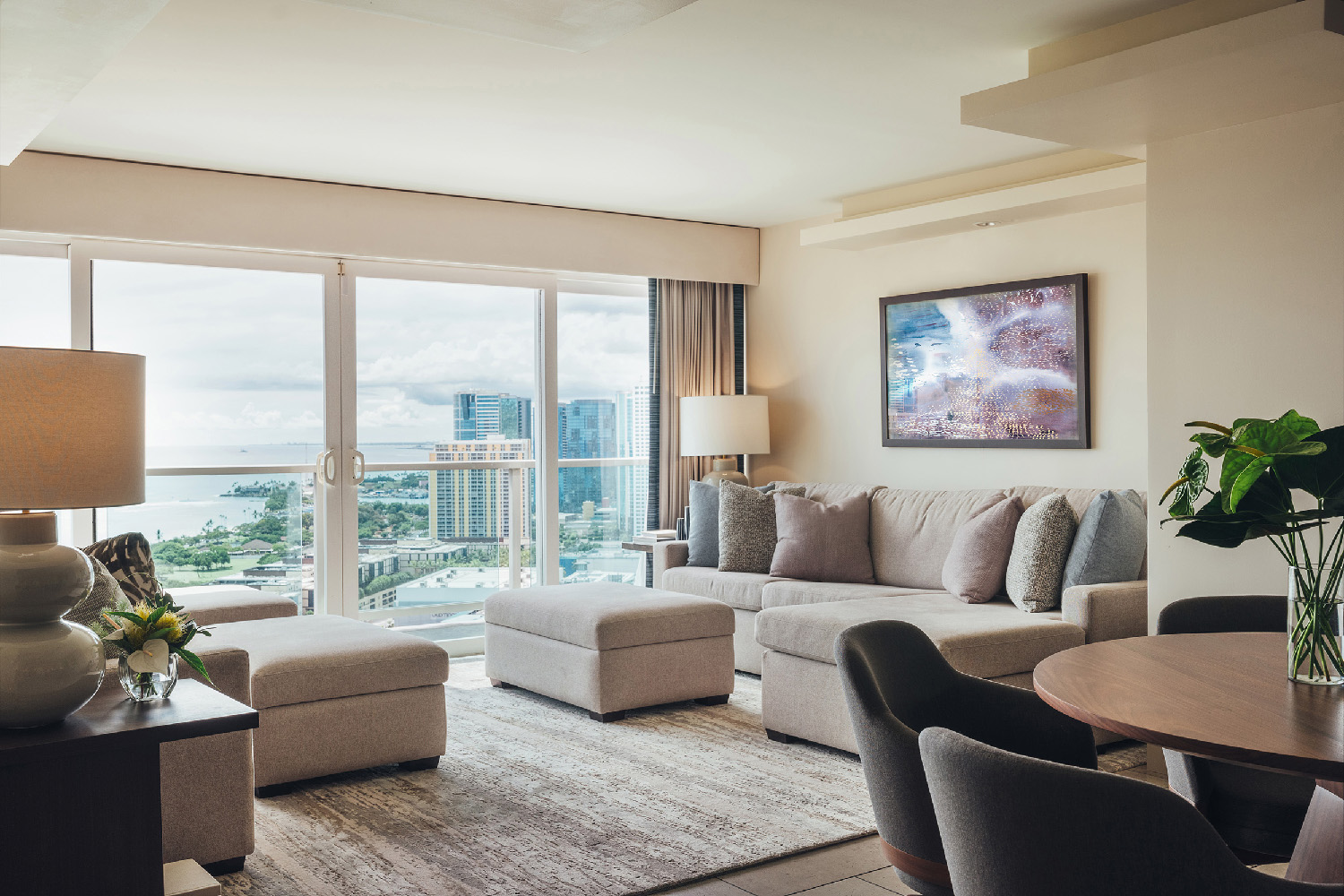The FF&E Procurement Debacle
COVID-19’s Effect on Hospitality FF&E and What Designers Have Learned

Change is almost always hard, but if the COVID-19 pandemic has taught the hospitality design industry one thing, it is how to adapt. As Furniture, Fixtures and Equipment (FF&E) Procurement got turned upside down, the industry had to quickly learn more effective ways to resolve problems. Countless emails filled our inboxes with the words “delayed,” “extended lead times,” “uncertainty,” “suspended,” and “closed.” With project deadlines approaching, designers scrambled to find solutions to problems they rarely encountered before.
Hospitality projects are often very complex with extensive square footage, multiple project phases and contacts, and a high number of FF&E suppliers and related services, which makes exceptional organization and coordination a critical process need. Even in a normal project environment, sourced goods often got lost or delayed. Throw in a worldwide pandemic that impacted normal global business production and closed international borders, and you’ve got a more complicated than usual situation to navigate. With that, project completions are being affected by delays in delivery of FF&E items in all categories (i.e., case goods, lighting, mattresses, etc.). Sourcing items out of China has become increasingly difficult, if not impossible. Let’s look at the ways this pandemic has changed FF&E Procurement and how designers in the hospitality industry have adapted to the challenge.
Stricter Project Coordination

Now more than ever, close collaboration between the entire chain of team members is critical in the development and delivery of case goods for projects. More often than not, furniture and case goods go through multiple people before reaching their final destination (e.g., manufacturer, vendor, shipper, freight forwarder, etc.). Each person plays a crucial role in getting the goods where they need to be by the targeted installation day. As such, it is essential that everyone in the chain work together to create a smooth and uninterrupted process. Throughout the pandemic, designers have also found the need to keep a closer eye on each step of the procurement process, including a higher level of coordinated communication. Design decisions require greater planning due to the increased lead times caused by the supply chain issues of labor and raw material shortages as well as cost. Paying closer attention to these details will ultimately provide the client with a better, higher value project completion.
Opportunities for the Future of FF&E Sourcing
Given the challenges of labor and raw material shortages, closed international borders, and higher costs, the industry has been faced with how to replace the large majority of items sourced from international locations.
To meet deadlines and stay on schedule, designers turned to domestic and local furniture suppliers to provide contract grade, similar priced goods with shorter lead times. Designers have also started investing more in their communities and building stronger relationships with local artisans. They have found that using locally produced products has become more appealing, as it places a higher value on the locations where locally sourced goods were used. While local sourcing also comes with challenges like the higher costs of goods, those issues can in many ways be offset by avoiding or lessening longer lead times, shipping costs and limited accessibility issues associated with international sourcing.
When sourcing local products wasn’t possible or items were needed in bulk, designers turned to manufacturers with factories in the US and Canada as well as manufacturers with quick-ship options. This allowed designers to still source quality name brand items without taking the larger risk on international sourcing.
The Future of Hospitality FF&E Procurement

The future of hospitality procurement is still unfolding but one thing for certain is that designers will need to be connected to a more extensive range of suppliers and related services. Alan Benjamin, founder of one of the world’s leading hospitality FF&E procurement firms, weighs in on how designers must be more flexible: “You’re always going to have two or three different vendors for each item in a room. But instead of just looking at it from a different manufacturer who has a different finish, look at it as a different country of origin.” Every designer has their go-tos when it comes to furniture manufacturers. Benjamin is saying that we need to broaden those horizons by taking into consideration a multitude of other factors such as a product’s factory of origin, lead times, and shipping routes. Through the pandemic and beyond, good designers have created stronger relationships with manufacturers that were responsive and willing to find solutions to problem situations. With all of the challenges that the pandemic threw at the industry, we can and should now expect designers to make more informed and cleaner decisions about FF&E Procurement services for their clients.
To learn more about how COVID-19 has changed the hotel industry, click here.

